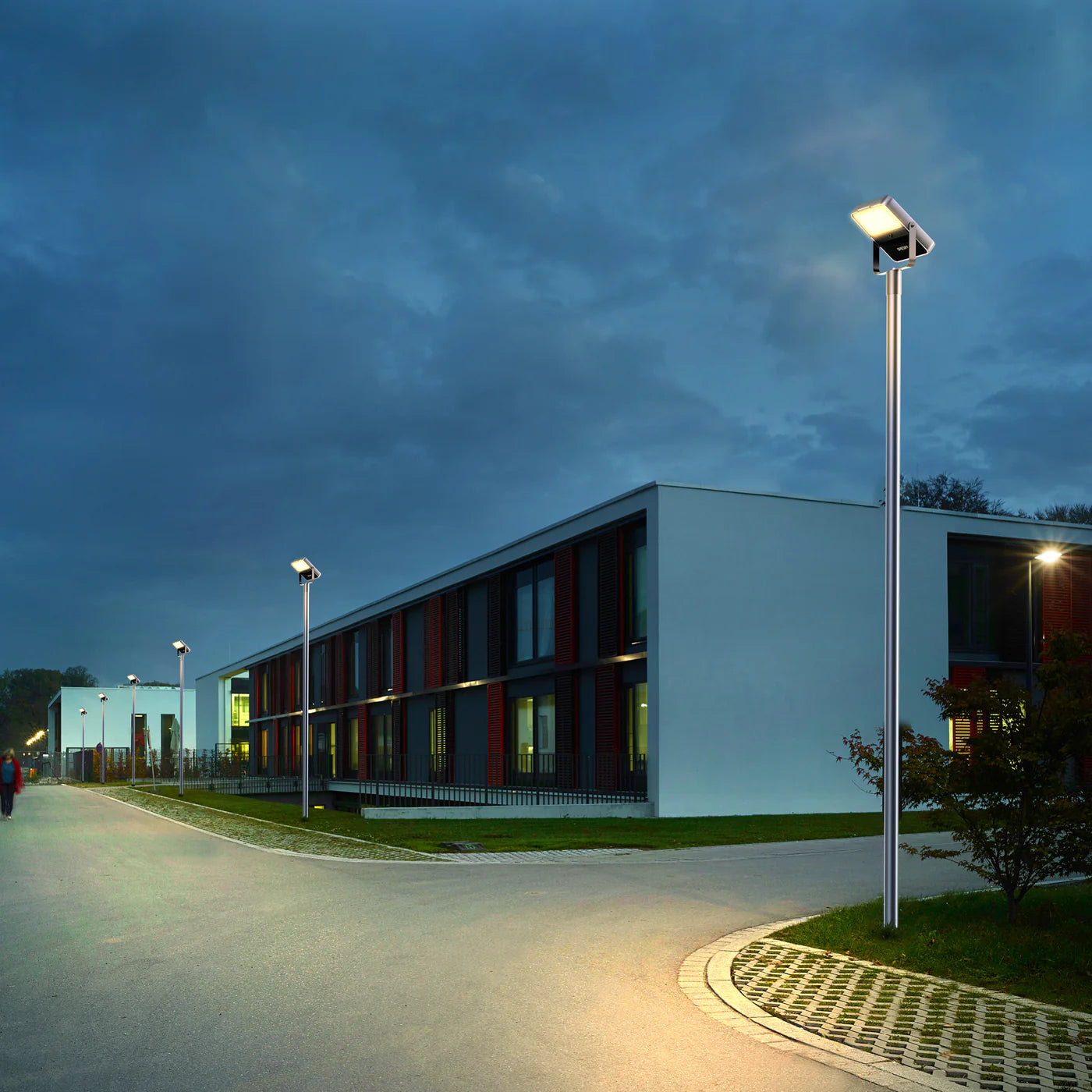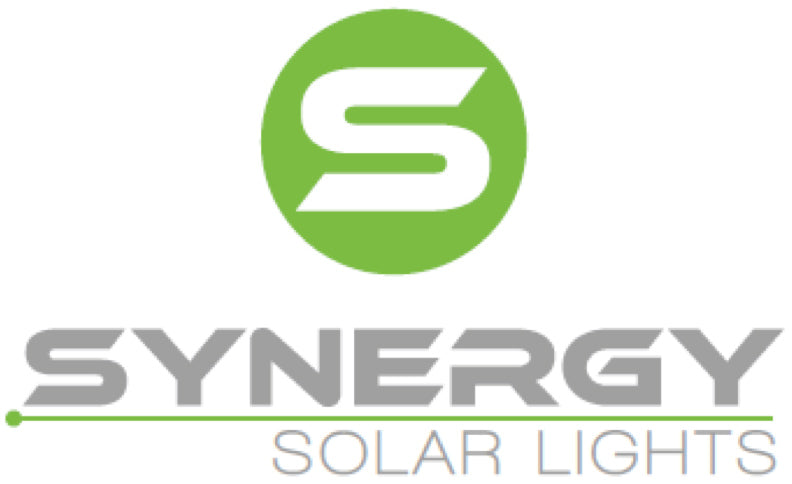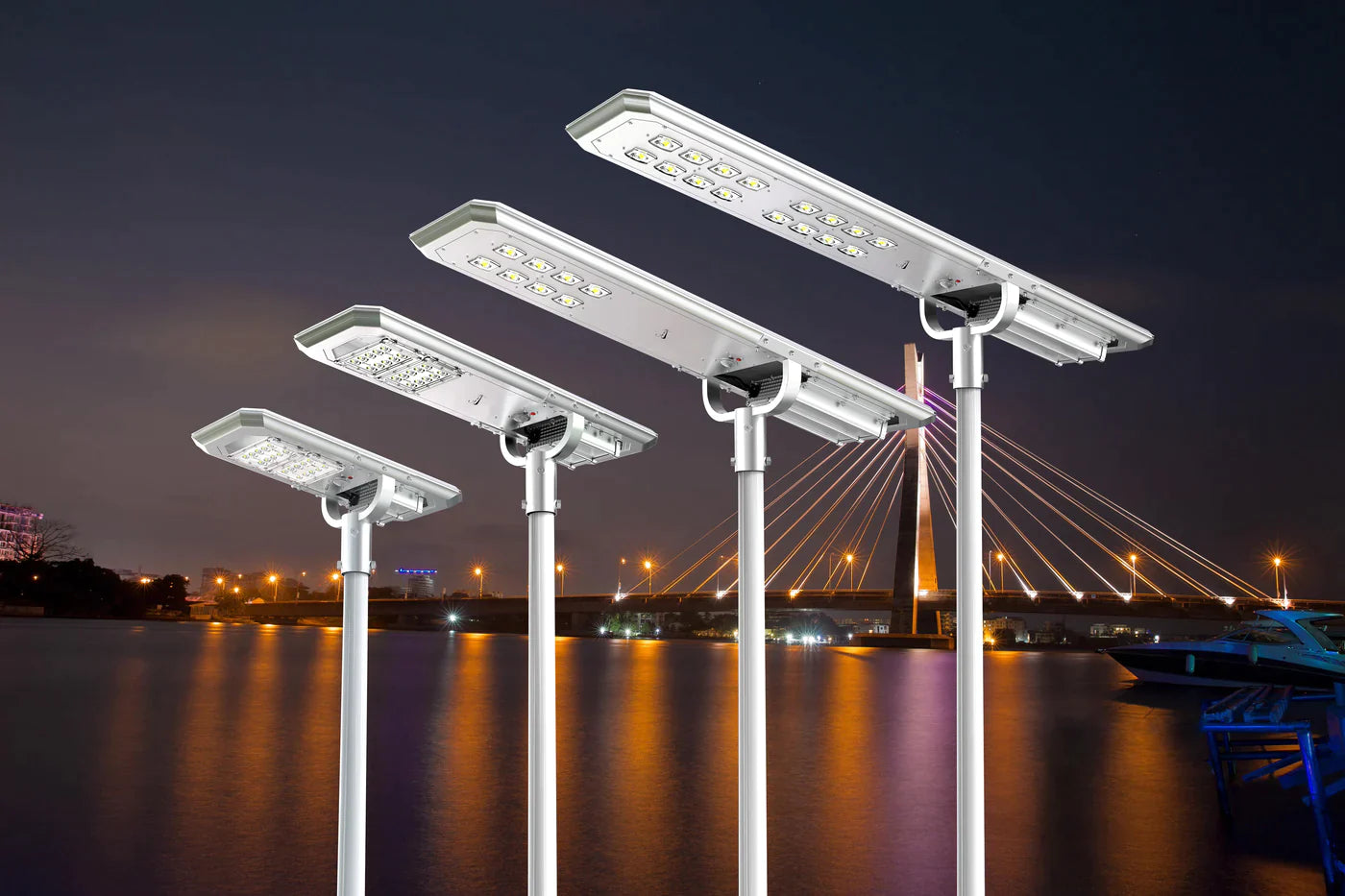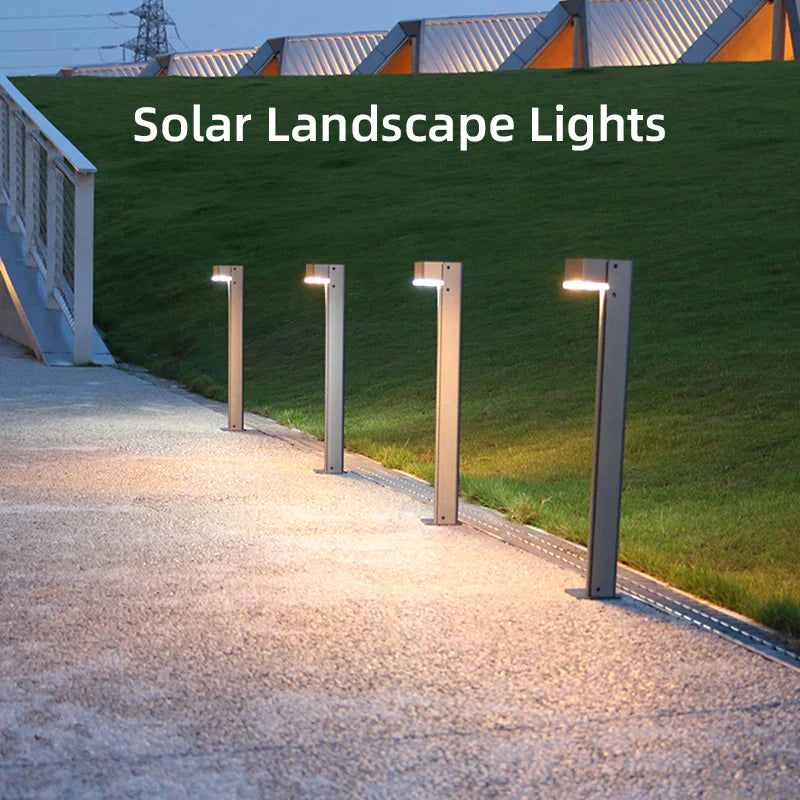
Is Solar Suitable for the British Weather?
Is Solar Suitable for the British Weather?
One of the questions we get asked most often is whether solar power is compatible with the British weather. After all, the UK is not exactly renowned for its sunny climate. Annual hours of sunshine in London are in the region of 1,633 compared to 2,218 in Istanbul, for example, or 2,769 in Madrid. The average daily sun hours in this country reached a peak in 2022 at 4.9 but in 2011 they were just 4.
So, if you are considering solar power but are wondering whether the lights will stay on when the skies cloud over, this blog should put your mind at rest.
Solar power is suitable for cooler, cloudier climates
Solar power takes its energy from the sun, which is a free and readily available resource – a huge advantage in these times of rapidly rising energy prices. Contrary to popular opinion, however, solar cells don’t require hours and hours of sunshine to charge up. In fact, cooler, cloudier environments like that found in the UK are less damaging to solar cells than hotter, sunnier countries.
How solar technology compensates for cloudy days
The new generation solar technologies have been specifically developed to perform optimally in all weathers. For example, Synergy Solar Lights provide solar lights that can work on full efficiency for a week or more on a full charge during bad weather. They do this using something called SLS2.3 technology which automatically extends lighting time from 7 days to 12 days to compensate for lower levels of sunshine during rainy and cloudy days. This means that the lights provide the same level of brightness even during times of limited sunlight.
Solar technology that works in extreme heat
Of course, it’s important for solar lights to work in hot climates too, as well as during (rare!) UK heatwaves. That’s why our solar lights also use something called TCS technology which protects the battery and enables it to function well, even in temperatures as high as 60∞C.
What’s in a solar light?
Solar lights are made up of a solar panel, which captures energy from the sun; a rechargeable solar battery (or cell) which stores this energy so it can used to power the light; a photoresistor which is a light-sensitive sensor that prevents the light from coming on when it isn’t needed and an LED lamp that provides high-lumen light up to 90% more efficient than incandescent and fluorescent lighting.
How do solar lights work?
All solar panels work using something called photovoltaic technology. Each panel – mounted on top of the unit - consist of photovoltaic cells (also referred to as solar cells) which are made from silicon. At Synergy Solar Lights, we prefer to use monocrystalline silicon as it is long-lasting and efficient (typically providing 15-20% more power per square foot than conventional silicon). Crucially, too, it doesn’t need direct sunlight to work which makes it ideal for all climates.
The photovoltaic cells have a negatively charged layer of silicon electrons and a positively charged layer. Solar energy from the sun collides with these electrons creating an electrical current. In other words, the sun’s energy and photovoltaic technology combine to generate 100% green electricity.
This green electricity charges the rechargeable solar battery where it is stored until it is needed to turn on the light. A clever sensor called a photoresistor tells the LED lamp when to come on and when to go off, according to levels of daylight.
Performance-enhancing features for longer life
While all solar lighting uses the same basic technology to power its lamps, not all are manufactured to the same standards so be sure to check out whether the lighting you are buying has performance-enhancing features. These are some of the things to look for that we include as standard with all our Synergy Solar Lights:
- Corrosion resistance
- Thermal protection to prolong battery life
- Seasonal/mood lighting modes
- Continuous or motion-activated illumination options
- Adjustable solar panels and LED lamps/panels
For more information about solar power and choosing solar lighting, contact us.
You May Also Like

Is Solar Suitable for the British Weather?
Is Solar Suitable for the British Weather? One of the questions we get asked most often is whether solar power is compatible with the British weather. After all, the UK is not exactly renowned for ...

Is Solar Suitable for the British Weather?
Is Solar Suitable for the British Weather? One of the questions we get asked most often is whether solar power is compatible with the British weather. After all, the UK is not exactly renowned for ...

Is Solar Suitable for the British Weather?
Is Solar Suitable for the British Weather? One of the questions we get asked most often is whether solar power is compatible with the British weather. After all, the UK is not exactly renowned for ...



